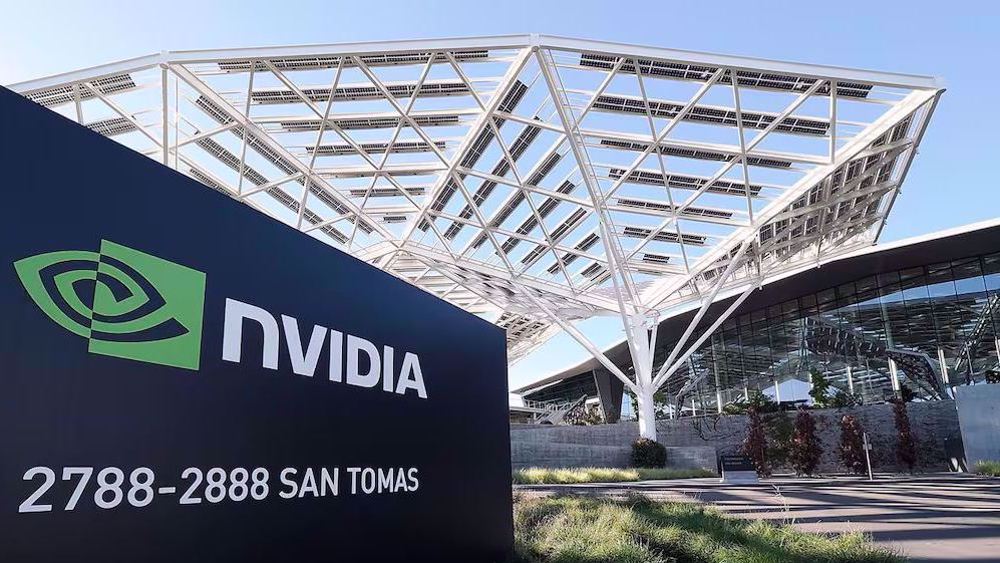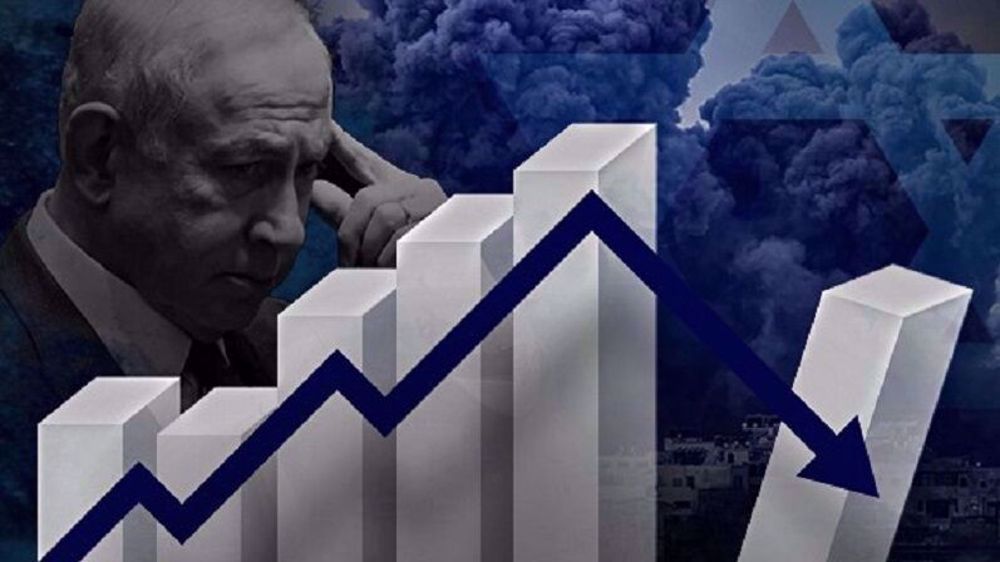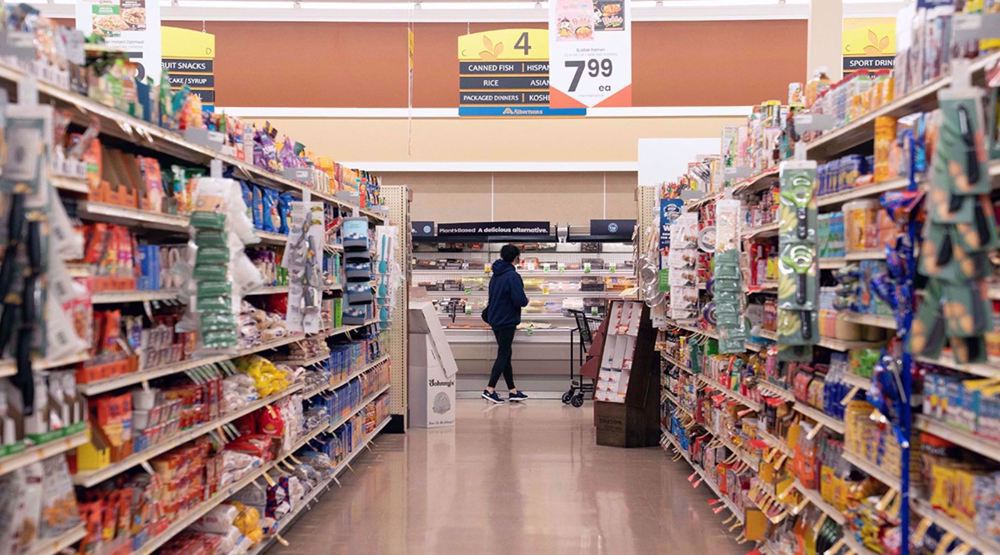Globalization versus protectionism
You may have heard or read a lot in the media and elsewhere about globalization. But what is it specifically? What are its key advantages and disadvantages and who are its most important players?
For thousands of years, people have been doing cross-border trade, buying from and selling to each other in lands at great distances. The most important medium that facilitated this was the famed Silk Road across Central Asia that connected China and Europe during the Middle Ages.
Over the past decades and with the growth of national economies, there has been a huge increase in cross-border trade activities. Many factors are involved. They vary from technological advancements that have led to a rapid rise in industrial production to an easier global transportation of goods and commodities.
But what has specifically driven today’s free flow of trade between countries has been a set of policies that have opened economies domestically and internationally.Examples of those policies include reducing import tariffs and inter-governmental agreements to promote trade in goods, services and investment.
These have led to the creation of an open system for trade in goods and services which is supported by international institutions. The same system allows capital and corporations to flow freely across borders and encourages the rapid spread of data and technology. This is what the world today knows as the phenomenon of globalization.
FM: Iran open to dialogue based on respect for nation’s rights, but opposes one-sided imposition
Iran reiterates rejection of interventionist stances on its territorial integrity
VIDEO | Brokered 'peace,' sold arms
VIDEO | US Venezuela threats: Piracy disguised as drug war
US 'lethal' strikes target two vessels as Trump warns of possible war with Venezuela
VIDEO | Press TV's news headlines
VIDEO | Indian leather industry eyes Russian, African markets amid US tariffs
Lavrov urges IAEA chief to adhere to neutrality, objectivity towards Iran









 This makes it easy to access the Press TV website
This makes it easy to access the Press TV website